

3. Mantis shrimp. A crustacean often found scurrying across sandy patches and under rocks and coral outcrops. There are many different subspecies, but typically they have a jack hammer appendage used to smash open the tough shells of their main prey, crabs. Their eyes are mounted on two stalks and are said to be the most complex of any animal (for instance each individual eye is capable of trinocular vision and depth perception). A fascinating creature.

4. Sea apple (Pseudocolochirus violaceus) , the sea apple is a colourful sea cucumber, capable of withdrawing into a ball the photo illustrates the animal extending its tenticles.
5. SeaStar (the correct common name for star fish) there are many different types, many strikingly beautiful and can easily be seen when diving or snorkling. Seastars are members of the Echinodermata family and closely related to sea cucumbers, sea urchins and feather stars.
6. Whip coral. This yellow specimen in the photo has its polyps extended, a number of small reef fish can be seen in the photo as well (anthia, wrasse, chromis).
Corals as a whole are members of the Cnidaria family and are closely related to sea anemones and jellyfish (amongst others) the polyps are individual animals that form large colonies. Many types of corals have built massive structures (e.g. the great barrier reef), these structures form arguably the most diverse ecosystems on the planet and vitally important for the overall health of the oceans. Unfortunately they are highly vunerable and increasing under threat.



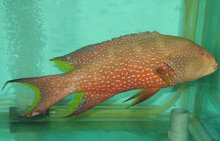
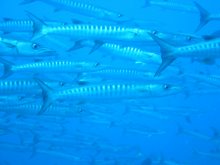

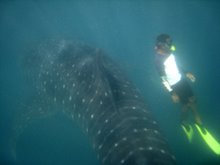
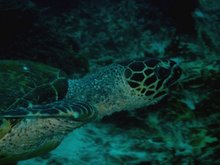
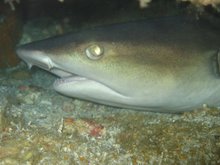
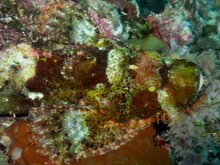

No comments:
Post a Comment